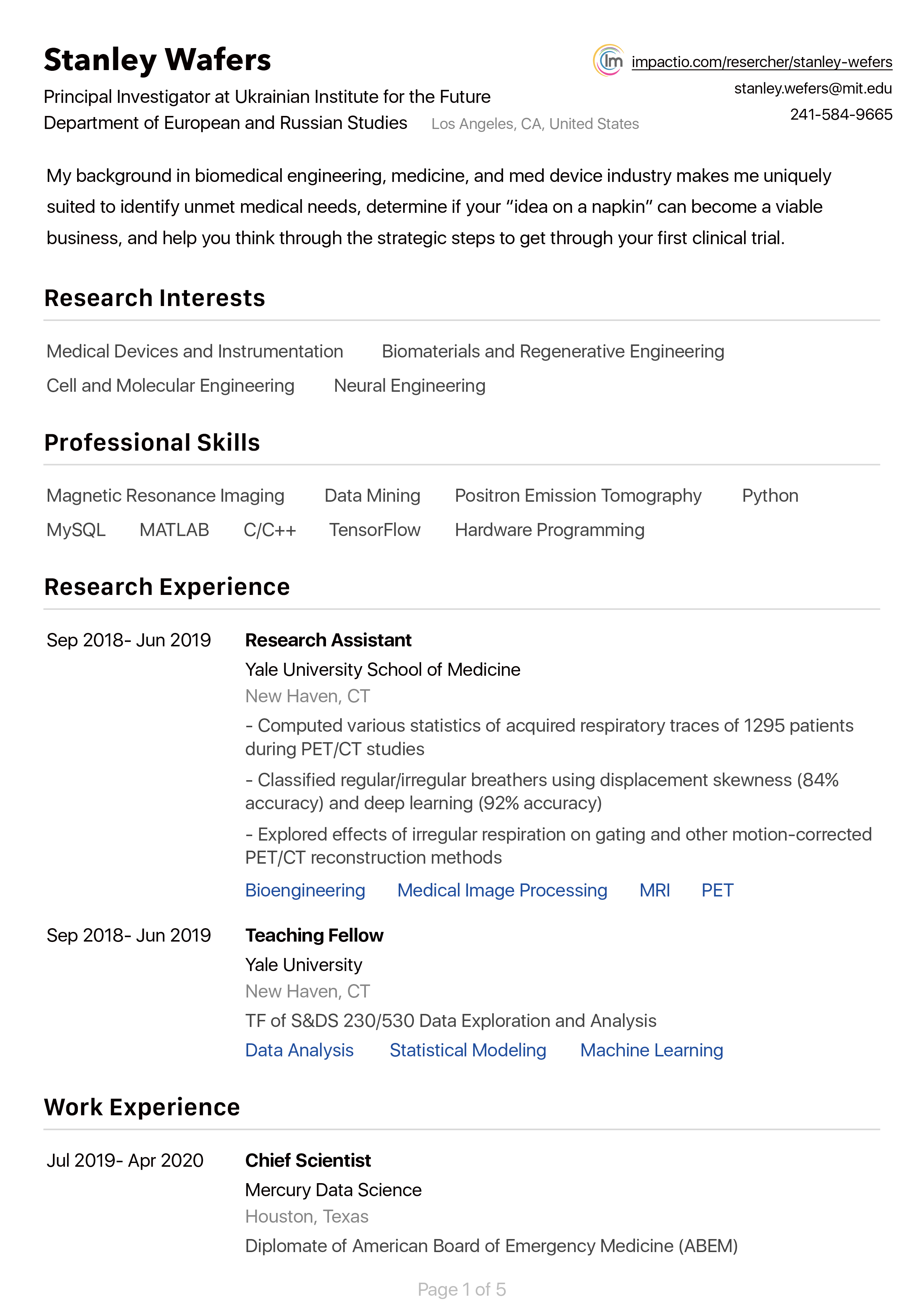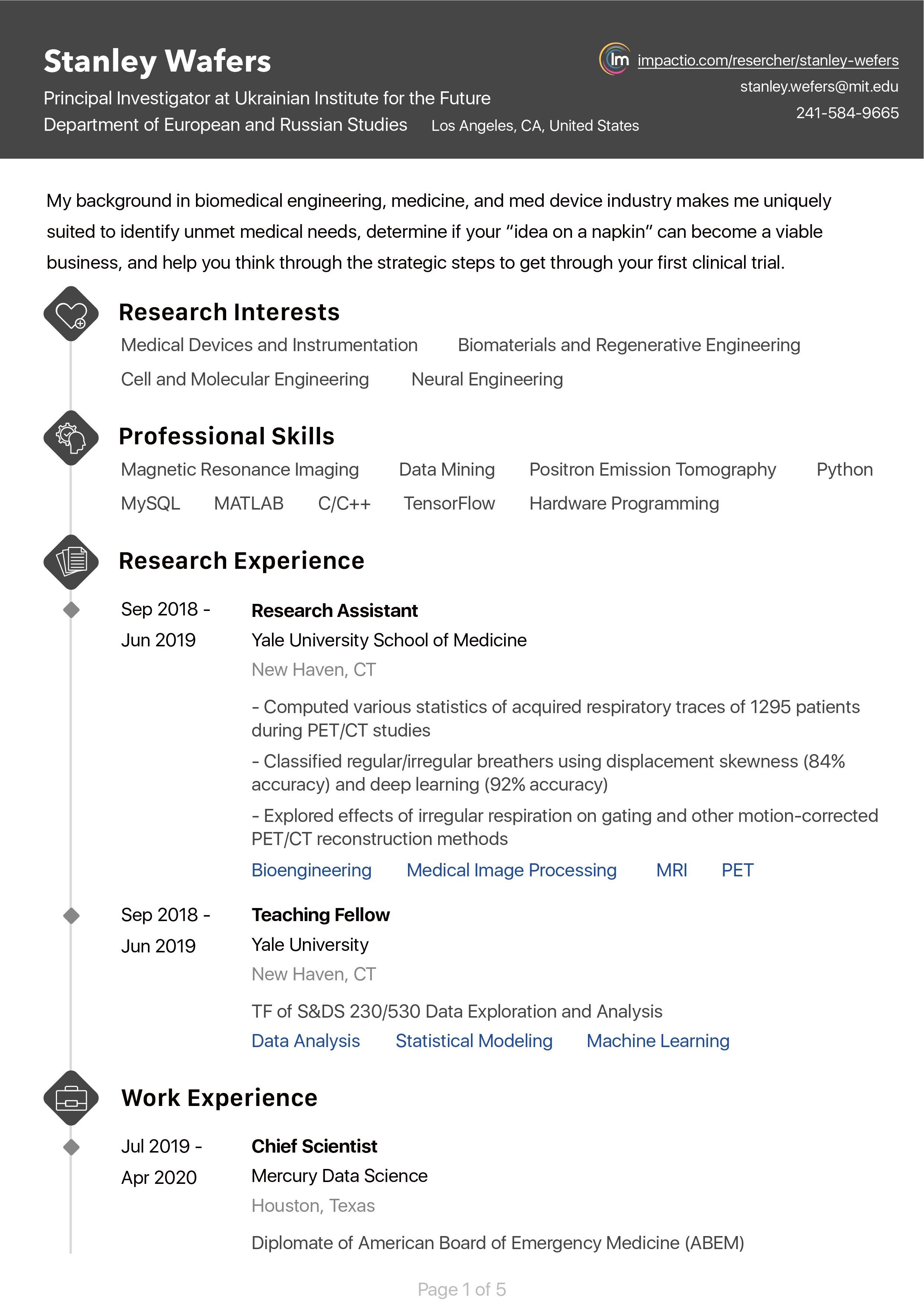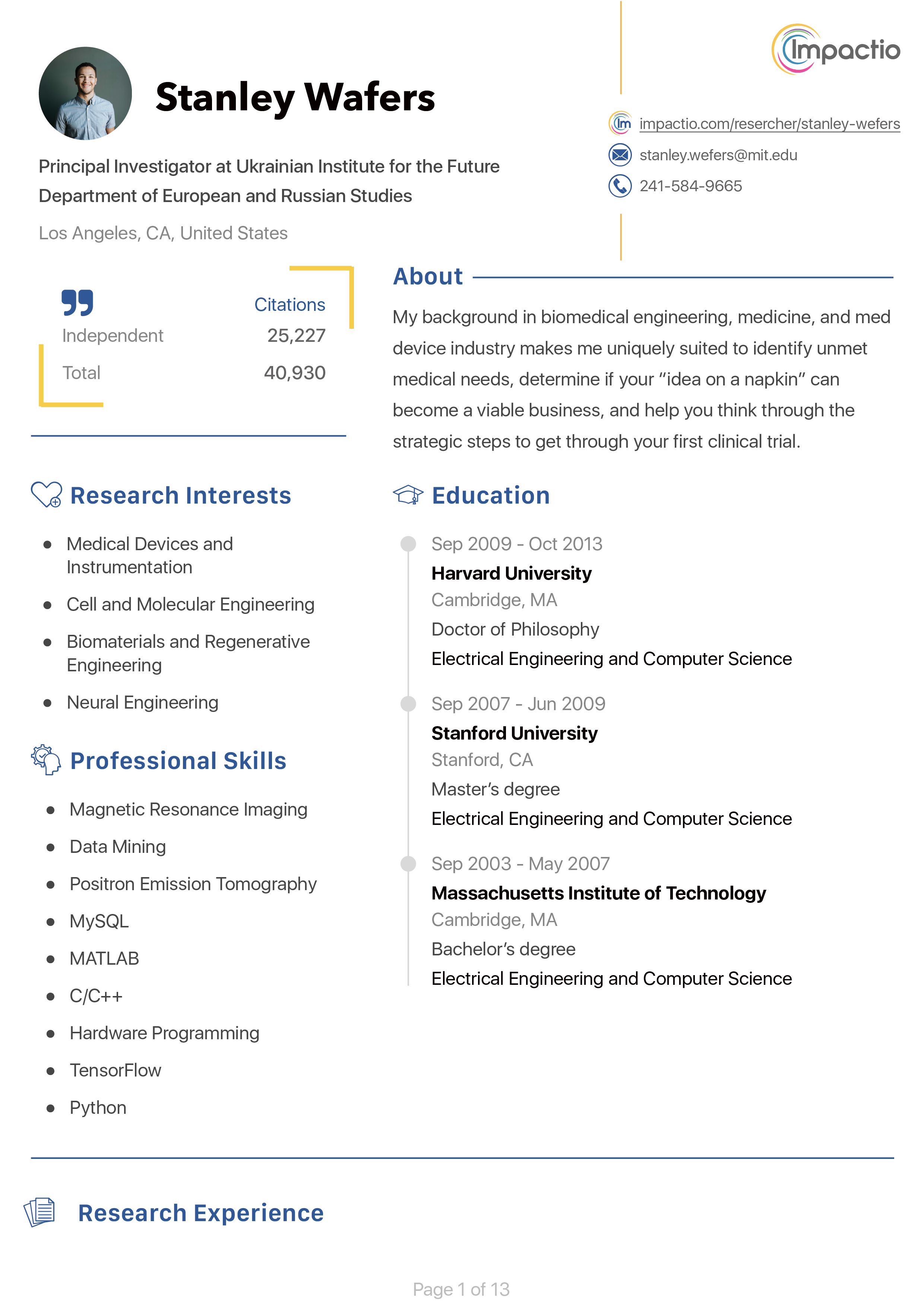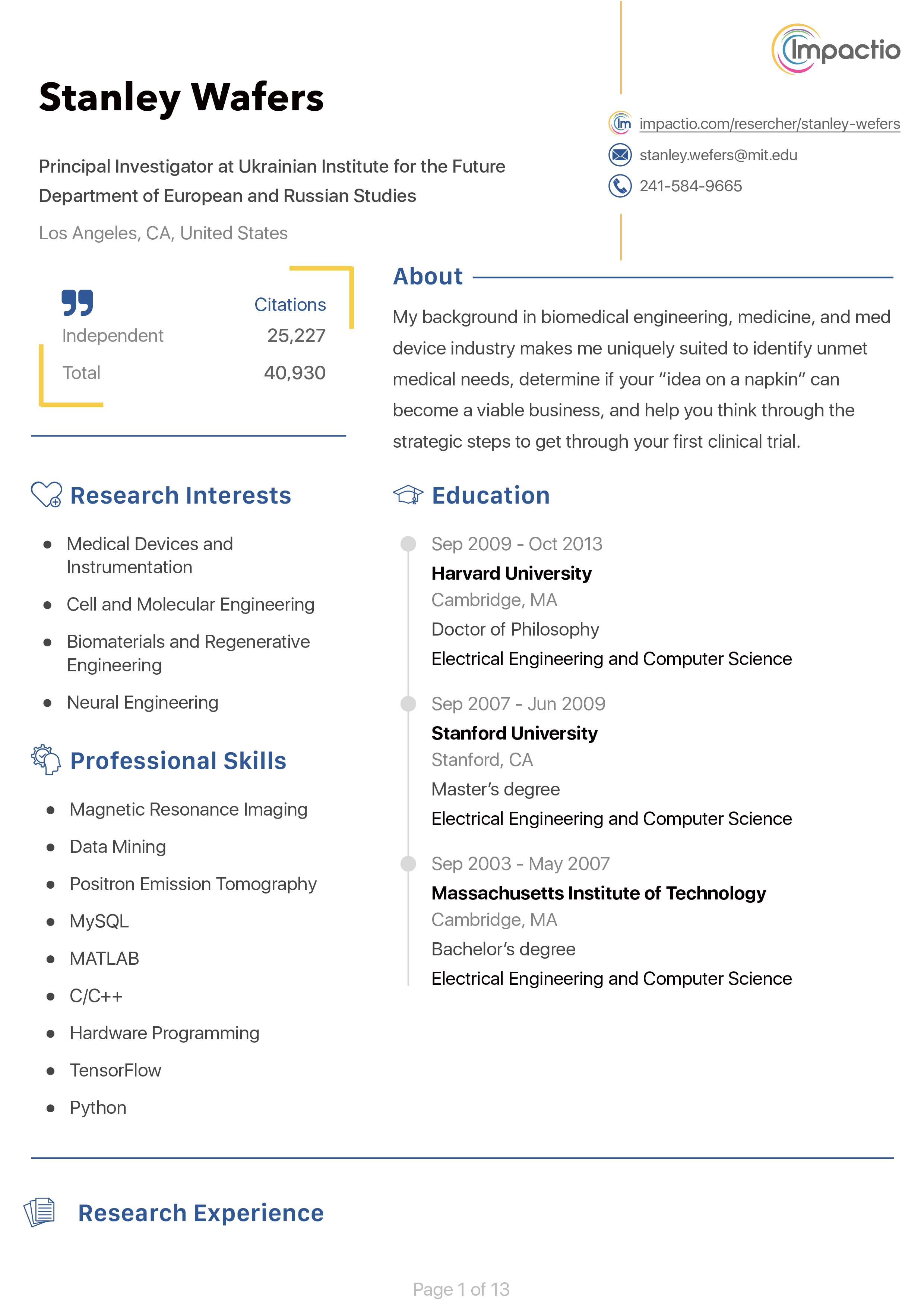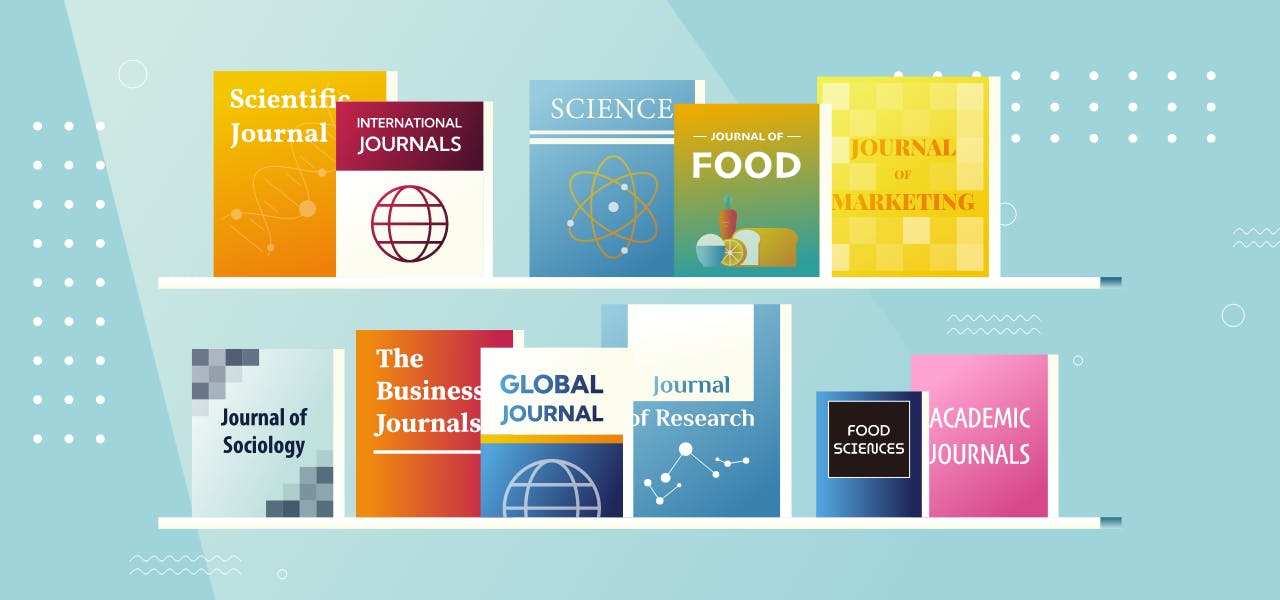The current boom in artificial intelligence and machine learning has significantly reduced human labor and greatly improved quality of life. This paper explores how AI and ML are being applied to streamline drug discovery and development, enhancing both efficiency and accuracy. Nevertheless, the limited effectiveness, distribution to unintended targets, time-consuming nature, and exorbitant expenses provide significant obstacles and difficulties that affect the process of drug design and development. The study involved an extensive literature review of numerous research articles and effectively highlight and discuss about the application of various advanced algorithms for drug discovery. The study highlighted how AI and ML contribute to reducing the time and cost associated with drug development and discovery. These technologies allow for the use of simulations, which can potentially obviate the need for clinical trials, and enable researchers to conduct extensive studies on various compounds without experimental trials. The results illustrate the extensive application of AI and ML in drug discovery, indicating a promising future for these technologies. They hold significant potential for further exploration and application in drug discovery and development by researchers, students, and the pharmaceutical industry. Finally, the progress in AI and deep learning presents a promising chance for the rational development and exploration of drugs, ultimately benefiting humanity.
Artificial Intelligence (AI) is revolutionizing the agricultural sector by enhancing precision farming and spatial analysis, particularly within the diverse agro-ecological zones of USA. This study investigates the transformative potential of AI technologies, such as sensor-based monitoring and satellite imaging analysis, in improving crop yields, soil health, and climate resilience. Despite the opportunities presented by AI in agriculture, such as increased efficiency and sustainability, the African agricultural landscape also faces significant challenges, including infrastructural limitations and socio-economic disparities. The research delves into how AI can address these challenges by promoting economic growth and sustainable development. Moreover, it highlights the critical role of AI in precise crop monitoring, soil health assessment, and decision-making through advanced weather forecasting. By examining the socio-economic effects of AI adoption, this study underscores the necessity of supportive policies and best practices to harness AI's full potential in fostering resilient and sustainable farming methods in USA. Through comprehensive analysis and strategic recommendations, this research contributes to the broader understanding of AI's impact on American agriculture, paving the way for innovative and effective agricultural practices.
In the contemporary financial realm, safeguarding against banking fraud and managing associated risks is paramount. In this pursuit, the integration of Artificial Intelligence (AI) stands as a beacon of promise, offering multifaceted solutions that outshine traditional fraud detection mechanisms. This study delves into the expansive applications of AI, delineating its role in identifying, pre-empting, and navigating fraudulent activities within the banking sector, juxtaposed against conventional fraud detection methodologies. AI revolutionizes banking fraud prevention and risk management by leveraging its rapid analysis capabilities to detect anomalies and flag fraudulent activities in real-time. Deep learning, particularly through neural networks trained on historical fraud data, excels in discerning intricate patterns and forecasting fraudulent transactions with remarkable accuracy. Natural Language Processing (NLP) enhances Know Your Customer (KYC) protocols, ensuring the authenticity of customers by scrutinizing textual data from diverse sources. Graph analytics visually map transactional relationships, spotlighting suspicious activities like rapid fund transfers indicative of money laundering. Predictive analytics transcends conventional credit scoring by integrating diverse datasets, offering holistic insights into customer creditworthiness. User-friendly interfaces like AI-powered chatbots facilitate immediate reporting of suspicious activities alongside advanced biometric authentication mechanisms such as facial and voice recognition. Adaptability inherent in AI ensures dynamic updates to combat evolving fraud strategies, extending beyond fraud detection to phishing, IoT integration, and cross-channel analysis. Additionally, AI’s capability to simulate economic scenarios empowers proactive risk management and streamlines regulatory compliance processes, marking a transformative shift in banking security and efficiency.
This study investigates how data-driven marketing might help businesses in the United States retain more customers. Through the utilization of predictive models, we aimed to discover successful solutions. An Ordinal Neural Network (ONN) and an ensemble in which Random Forest (RF) and LightGBM were combined were the two primary models that we evaluated and contrasted. A score of 0.9063 on the Cohen's Kappa test indicated that the ONN was superior to the ensemble model in terms of its alignment with actual consumer behavior. This contrasts with the score of 0.5780 that the ensemble model received. Even though the ensemble model had a Mean Absolute Error (MAE) of 0.3236, which was slightly lower than the ONN's value of 0.3258, the ONN's higher Kappa score demonstrated that it was superior in terms of capturing the ranking connections seen in the data. In addition, our findings brought to light a few problems, such as protecting the confidentiality of data and comprehending the intricacies of model predictions, which can make implementing these methods difficult. This study suggests using data-driven personalization to retain customers and target high-risk consumers. We recommend adding real-time data and scaling models to handle larger datasets to improve projections. US firms must pay special attention to these facts to maximize marketing efforts and build consumer loyalty.
In today's interconnected world, the dissemination of vast amounts of information through the internet has become ubiquitous, facilitating seamless communication and connectivity across the globe. However, this digital landscape is fraught with cybersecurity threats, posing significant challenges to individuals, businesses, and organizations alike. In response to these evolving risks, there has been a burgeoning interest in leveraging machine learning techniques to bolster cybersecurity defenses. Through a meticulous examination of 736 research papers spanning from 2012 to 2024, our comprehensive analysis identified 501 pertinent works, shedding light on the recent trends in this critical research domain. By deploying a systematic literature review (SLR) we categorize these papers based on implementation methodologies, article types, publishers, and efficacy, and offer a coherent and visually informative representation of the landscape. This endeavor underscores the immense potential of machine learning in fortifying cybersecurity measures and serves as a valuable resource for researchers, students, publishers, and industry experts seeking to navigate and contribute to the dynamic field of machine learning for cybersecurity.
The world is rapidly changing, and the threat of cyberattacks is growing more acute every year. Rakibul Hassan, an IT expert and researcher is revolutionizing AI in cybersecurity, particularly in the financial sector. With over 10 years of leadership experience in information technology, his work is felt in both the academic and business worlds.
Rakibul, an Artificial Intelligence and Information Technology expert from Los Angeles, California, recently published his latest work, “Digital Goldmine: Your Guide to Making Money Online.” This book offers guidance on contemporary trends in digital marketing and serves as a resource for marketers who want to enhance their online presence and explore opportunities for improving sales. The book has gained traction as a popular digital marketing guide in 2024, providing insights into today’s digital marketing landscape.
Rakibul Hassan, AI & IT guru from Los Angeles, California is making headlines with his new book, " Future Tech: 20 Innovations That Will Change Our World." The book is becoming widely recommended for tech enthusiasts. This latest work reflects his perspective and progressive vision, showcasing the potential of new generations of technologies.
Best IT entrepreneur to developing green IT Soluation
Due to the rise of industrialization and world trade, numerous global companies are venturing into the food marketing industry, which is seeing rapid growth and intense competition worldwide. This review article extensively studies Kellogg's Pringles, a leading brand in the snack industry. It sets the stage with an introduction to marketing management, and it discusses Kellogg's acquisition of Pringles, which is later followed by a company overview that encompasses the firm's history, products, and market position. The SWOT analysis indicates Pringles' strengths, weaknesses, opportunities, and threats, such as brand identity, worldwide presence, and competitive arena. Moreover, the PESTEL analysis looks into the external forces affecting Pringles' operations, such as regulatory, economic, and technological factors. This study delved into Pringles' marketing strategy, utilizing the marketing mix elements: product, price, promotion, and distribution. Through an in-depth analysis, the research focused on how Pringles is positioned within the snack food industry and, more importantly, how it creates and maintains its competitive advantage. Monumental achievements demonstrate the company's focus on product innovation, dynamic pricing strategies, one-of-a-kind promotional campaigns, and wide distribution. The study has underlined the brand's ability to employ these factors in maintaining its market supremacy and recommended ways of increasing its marketing strategy in the future.


